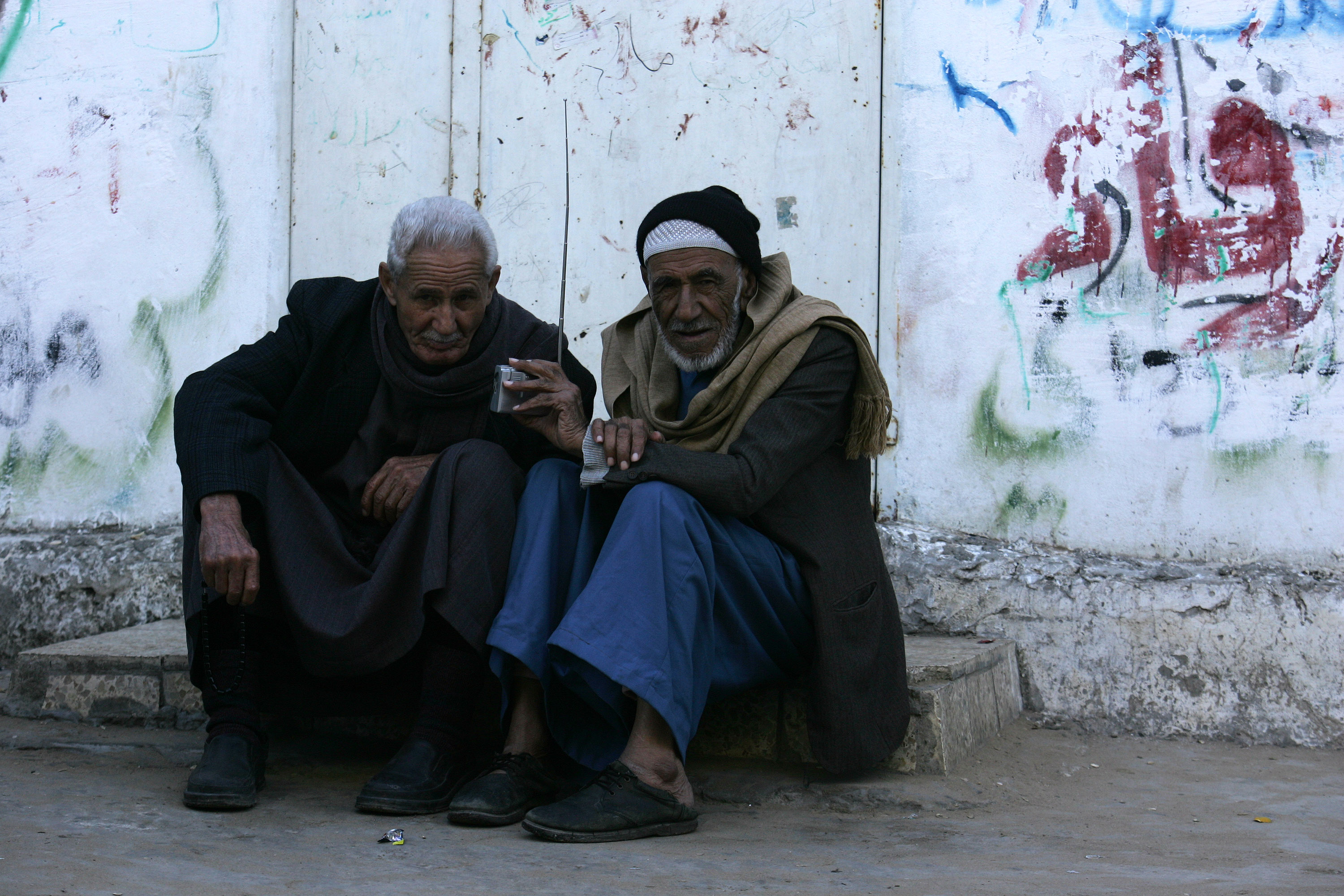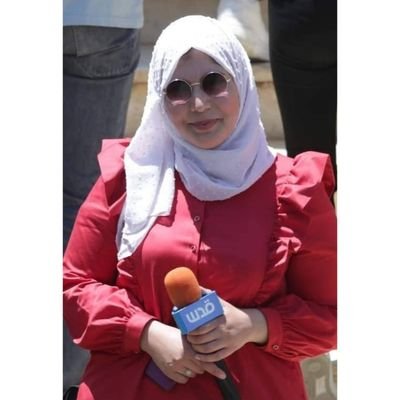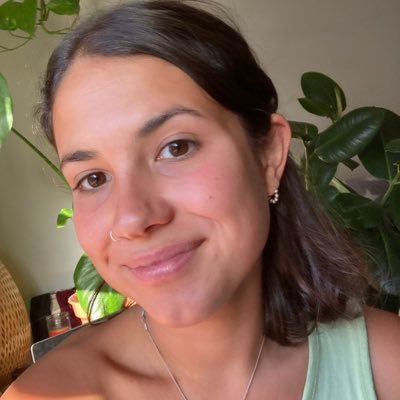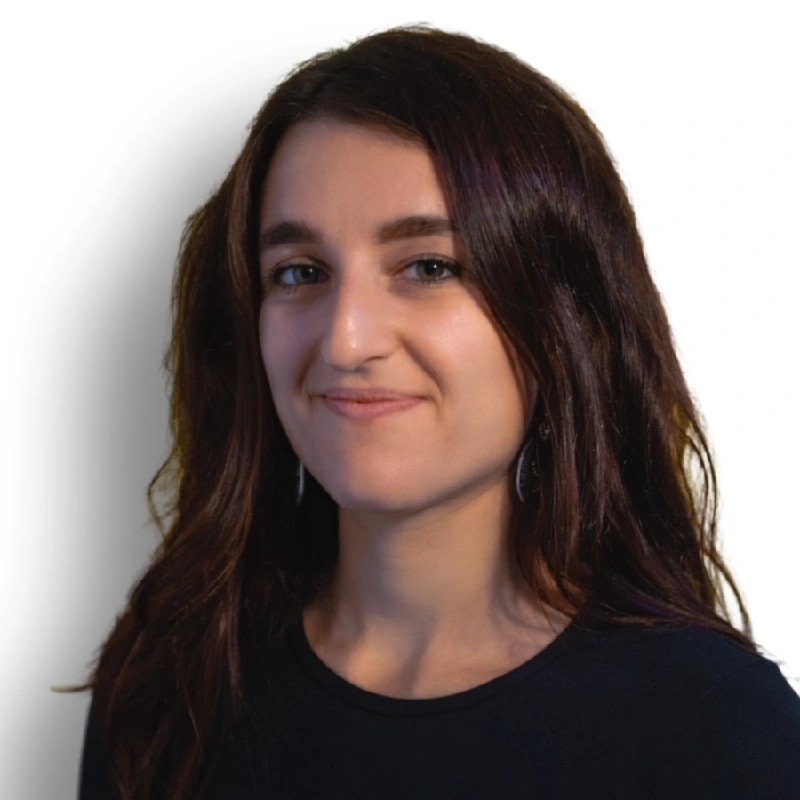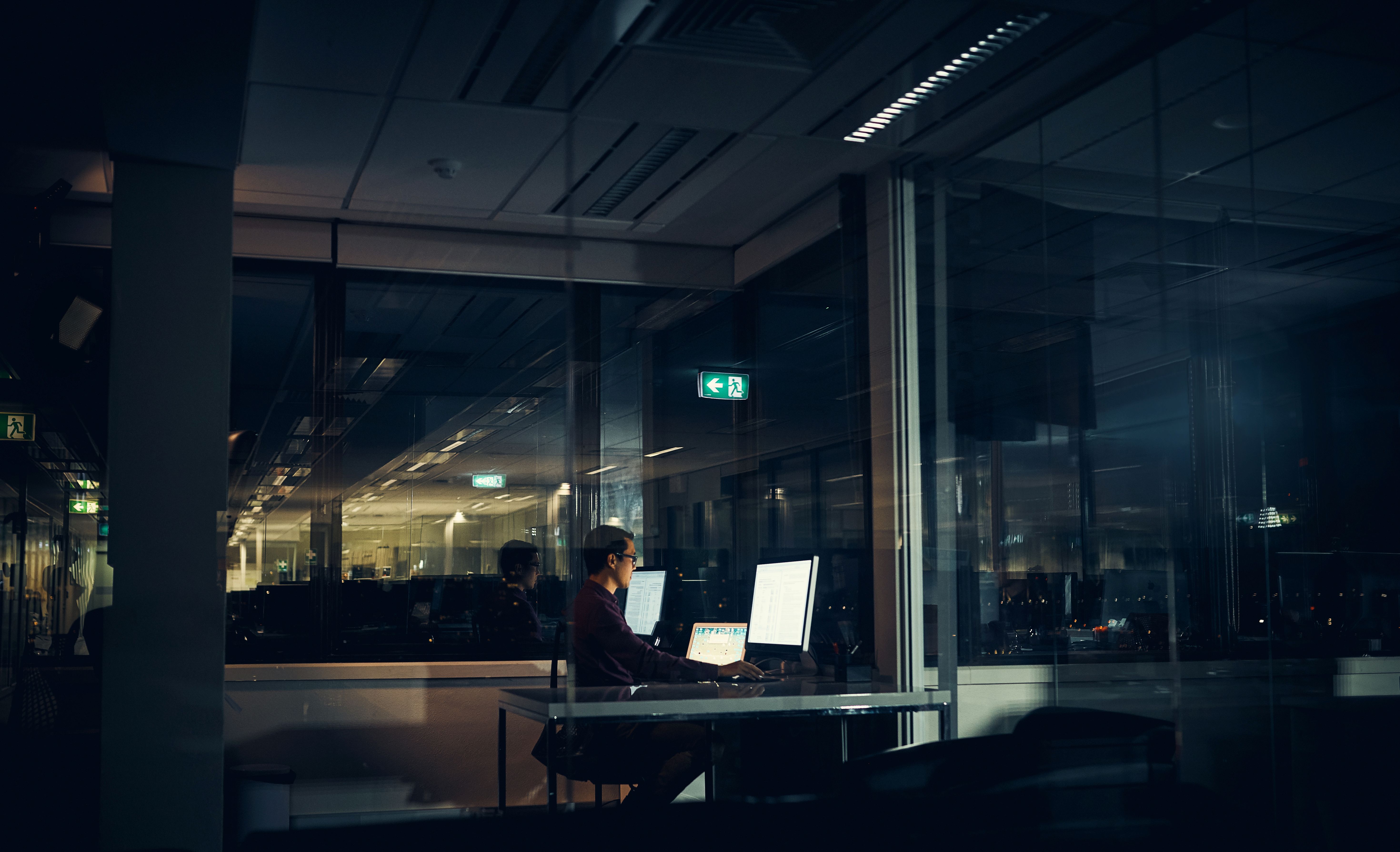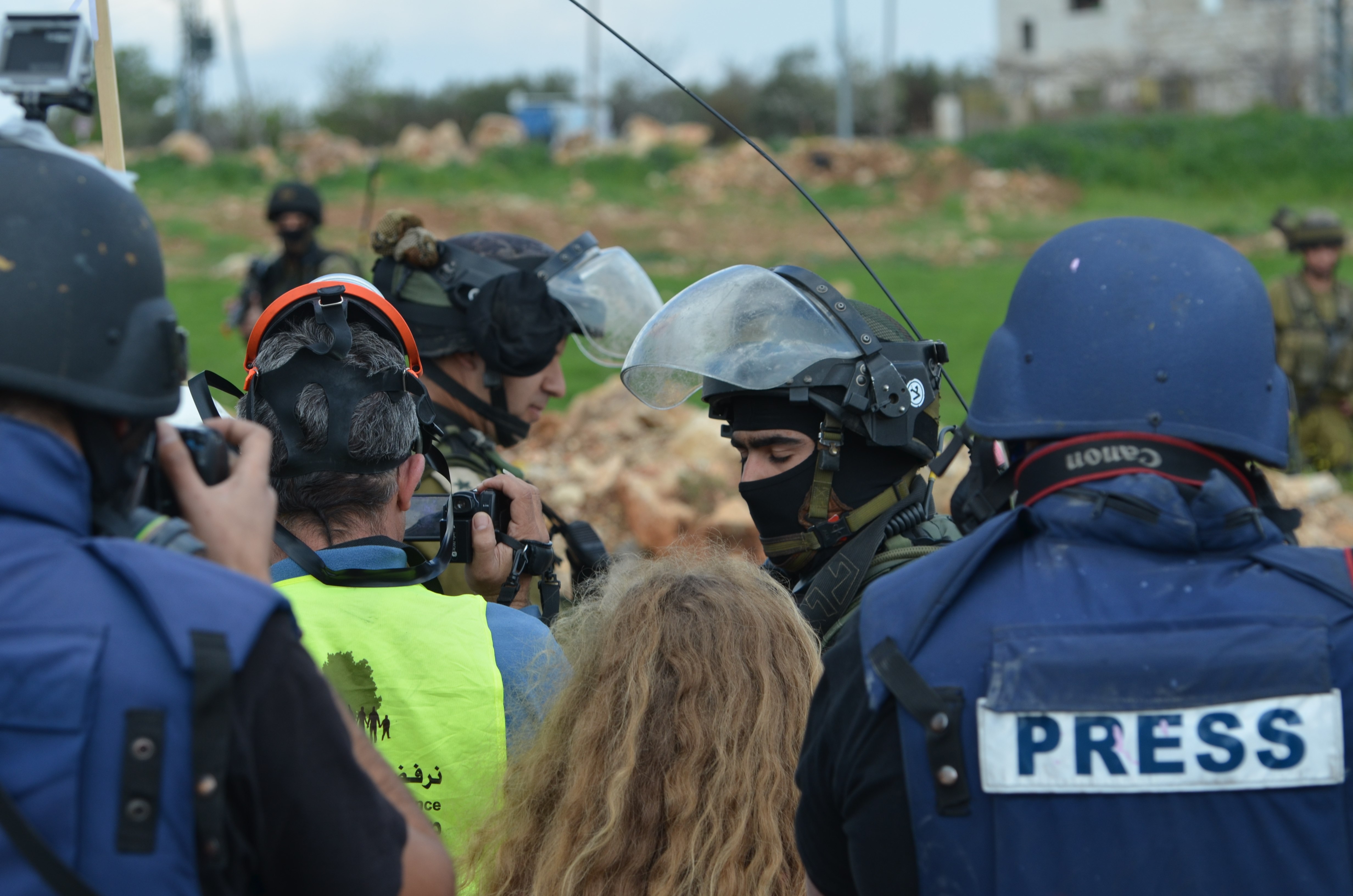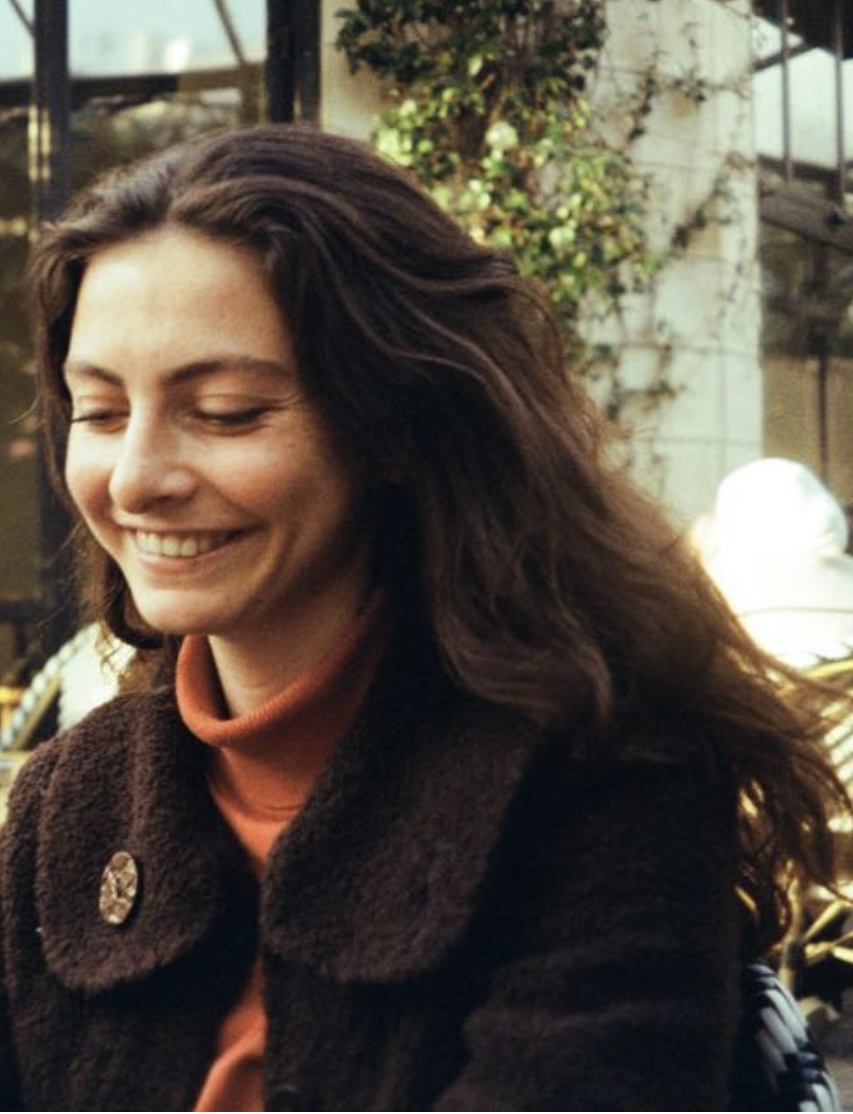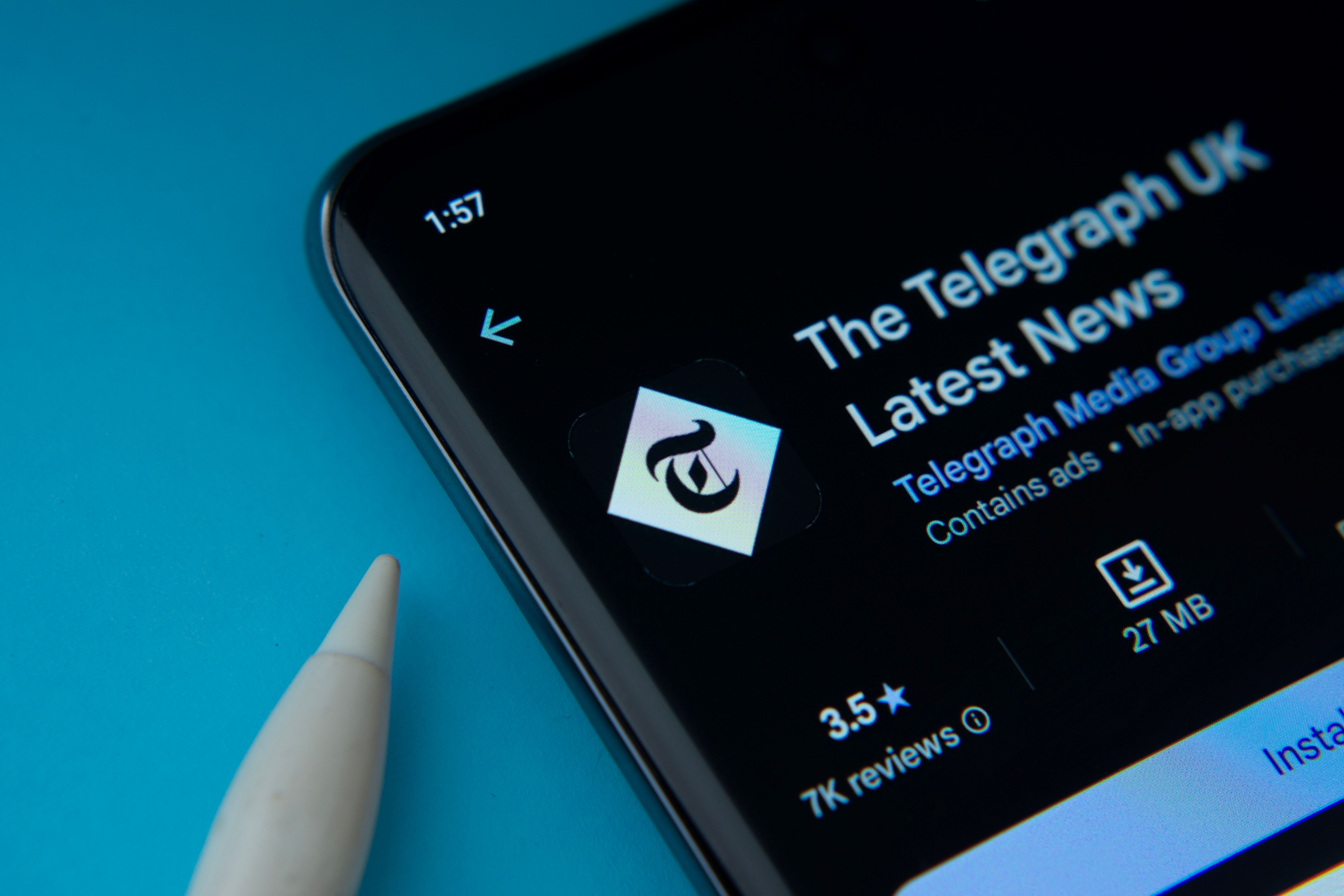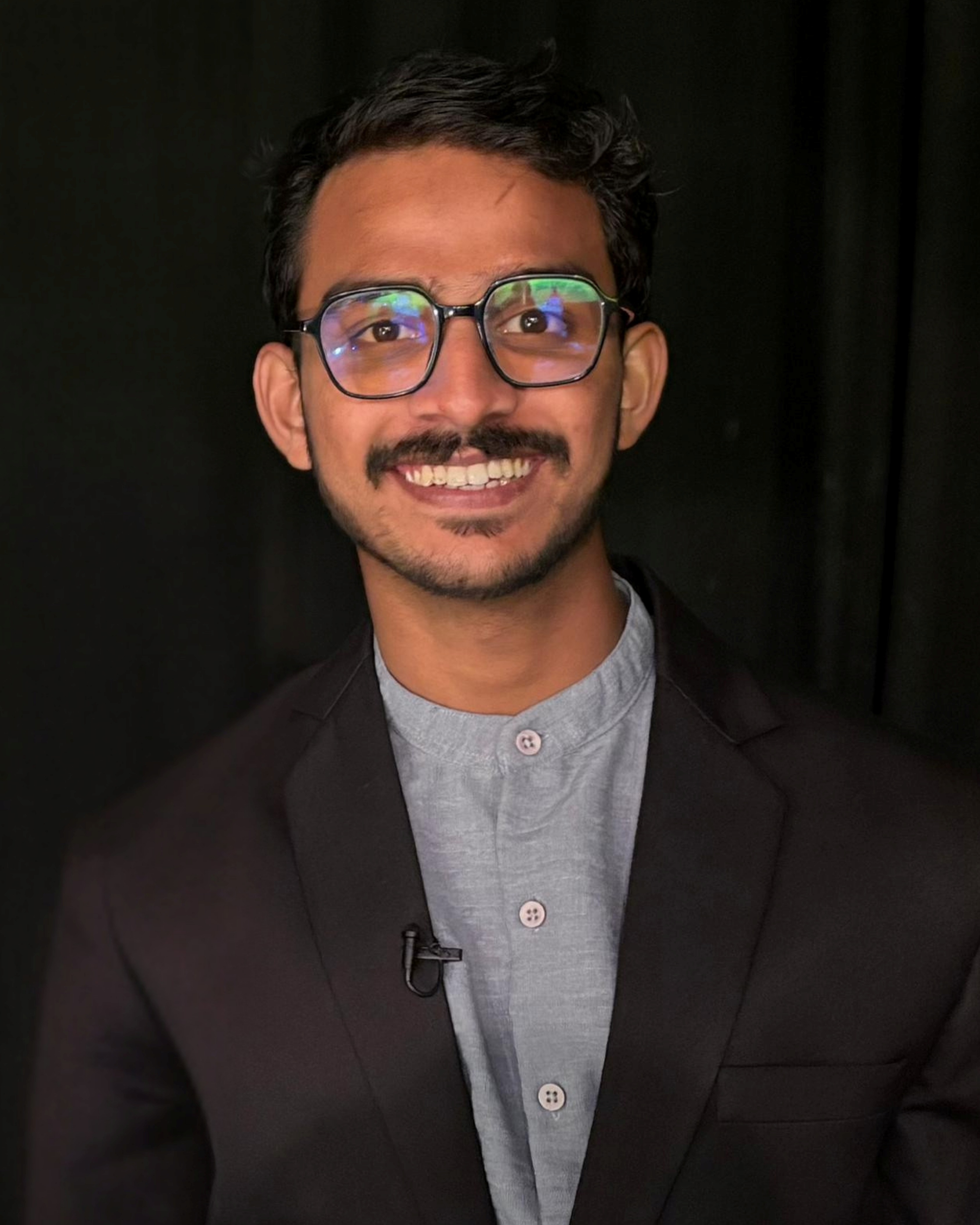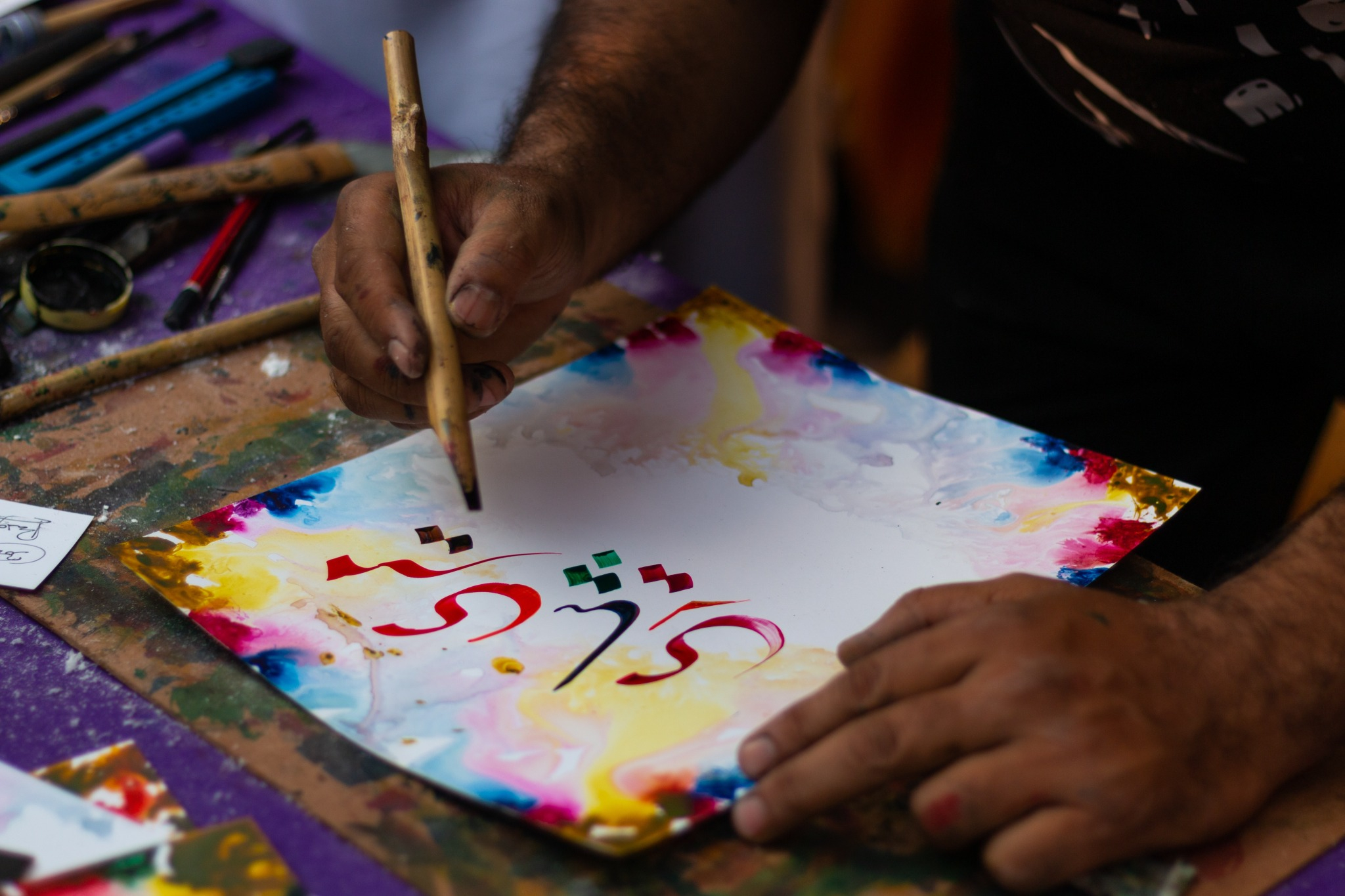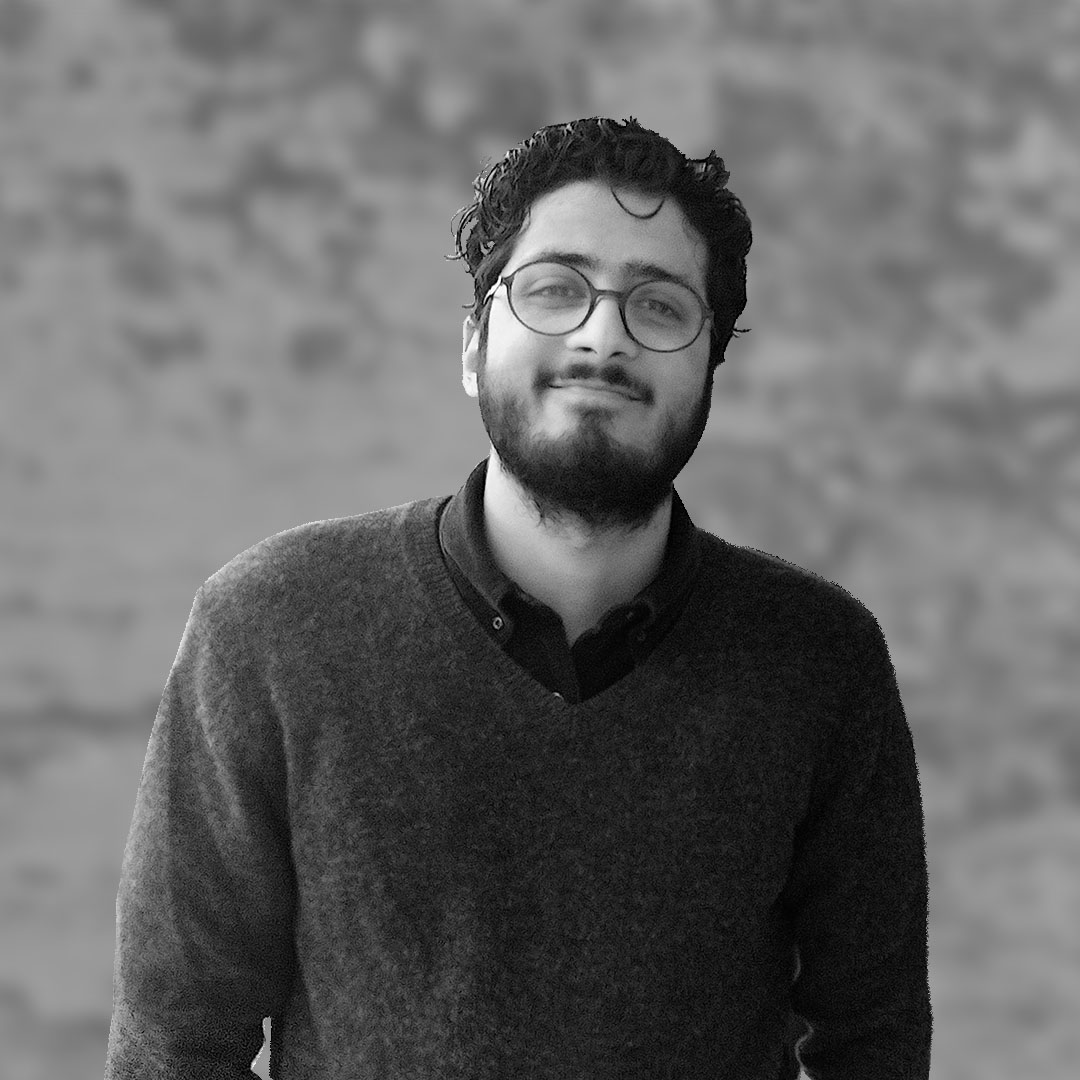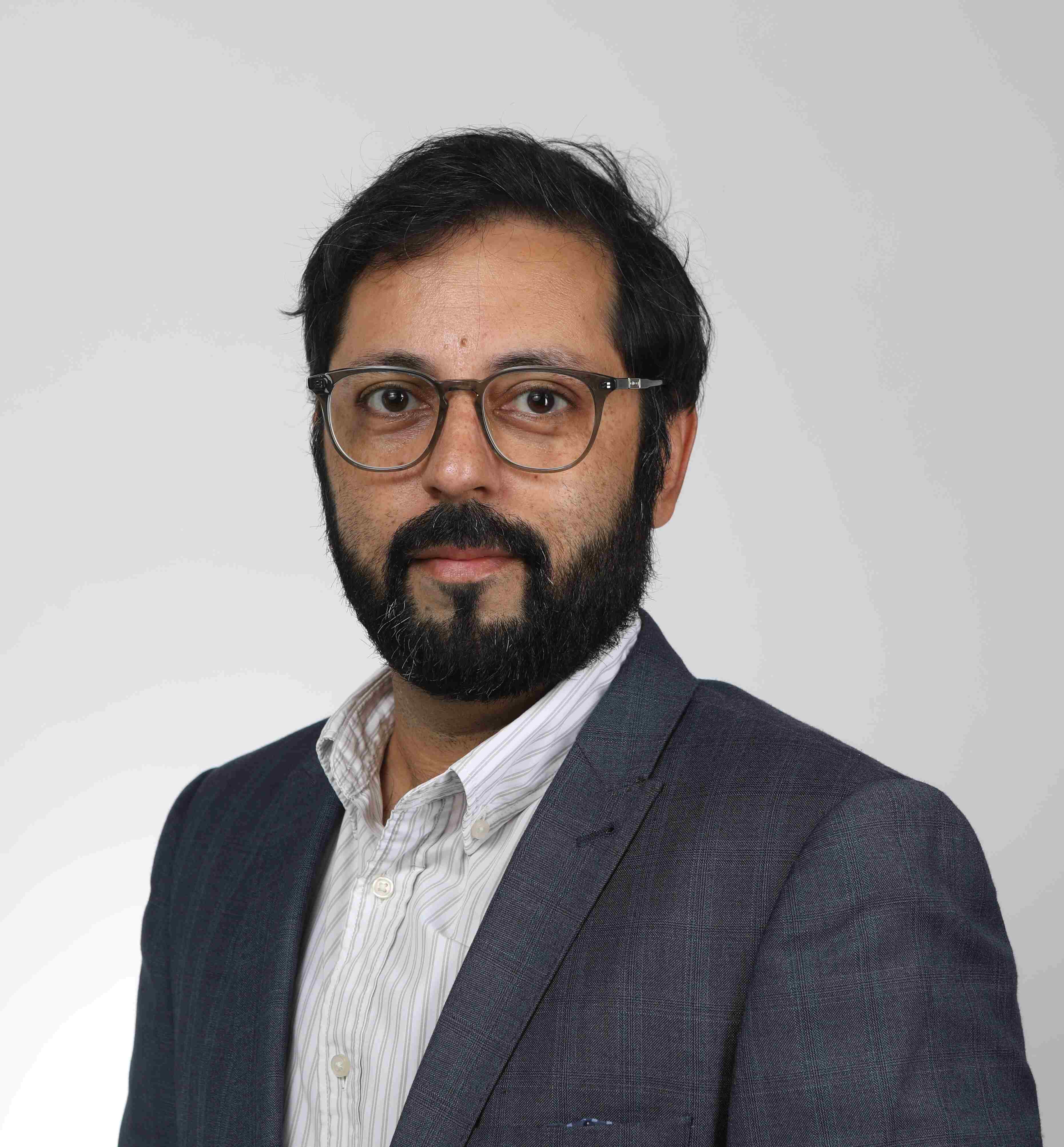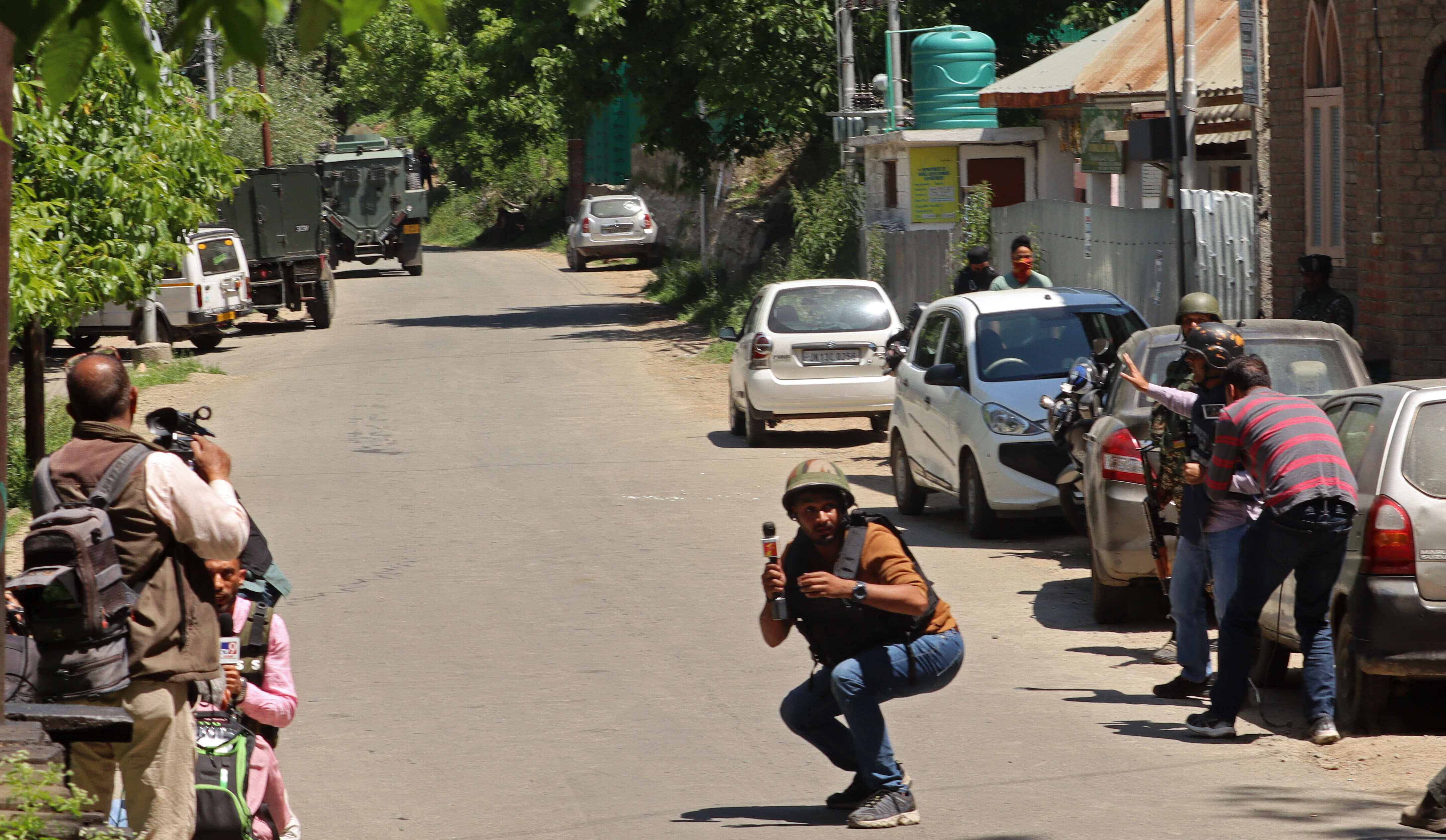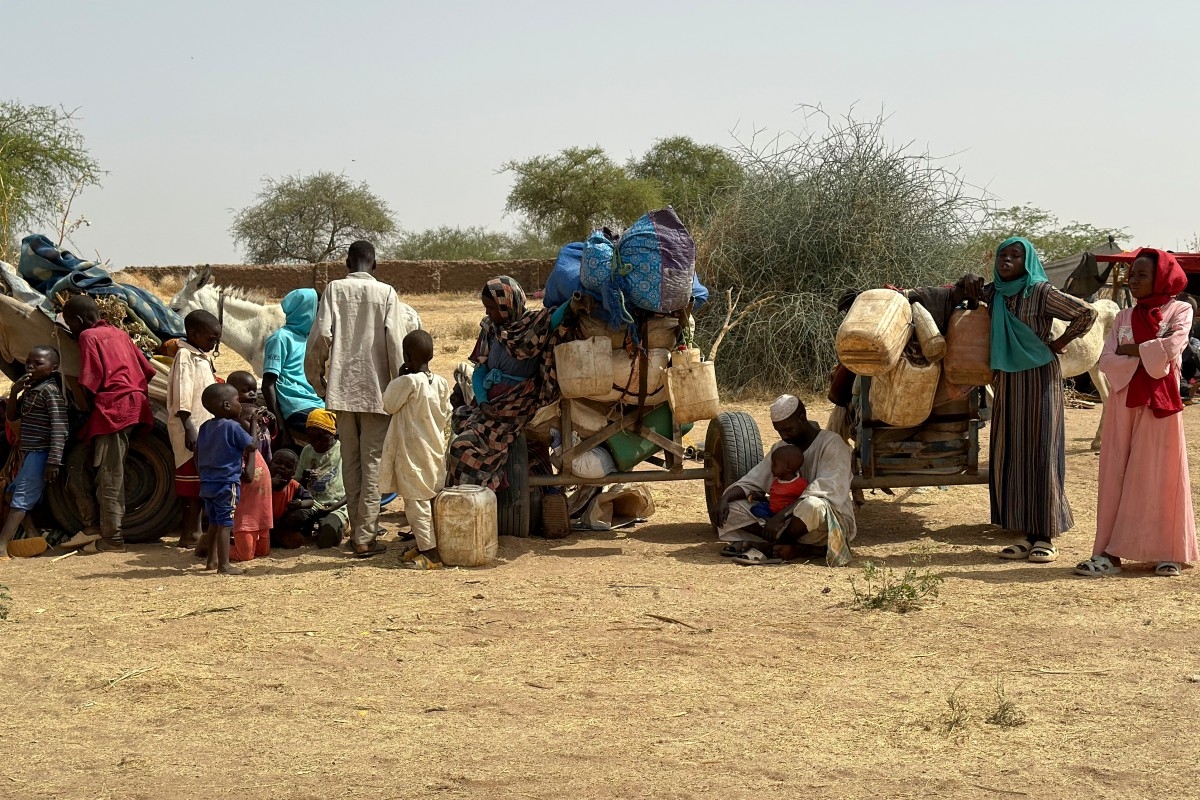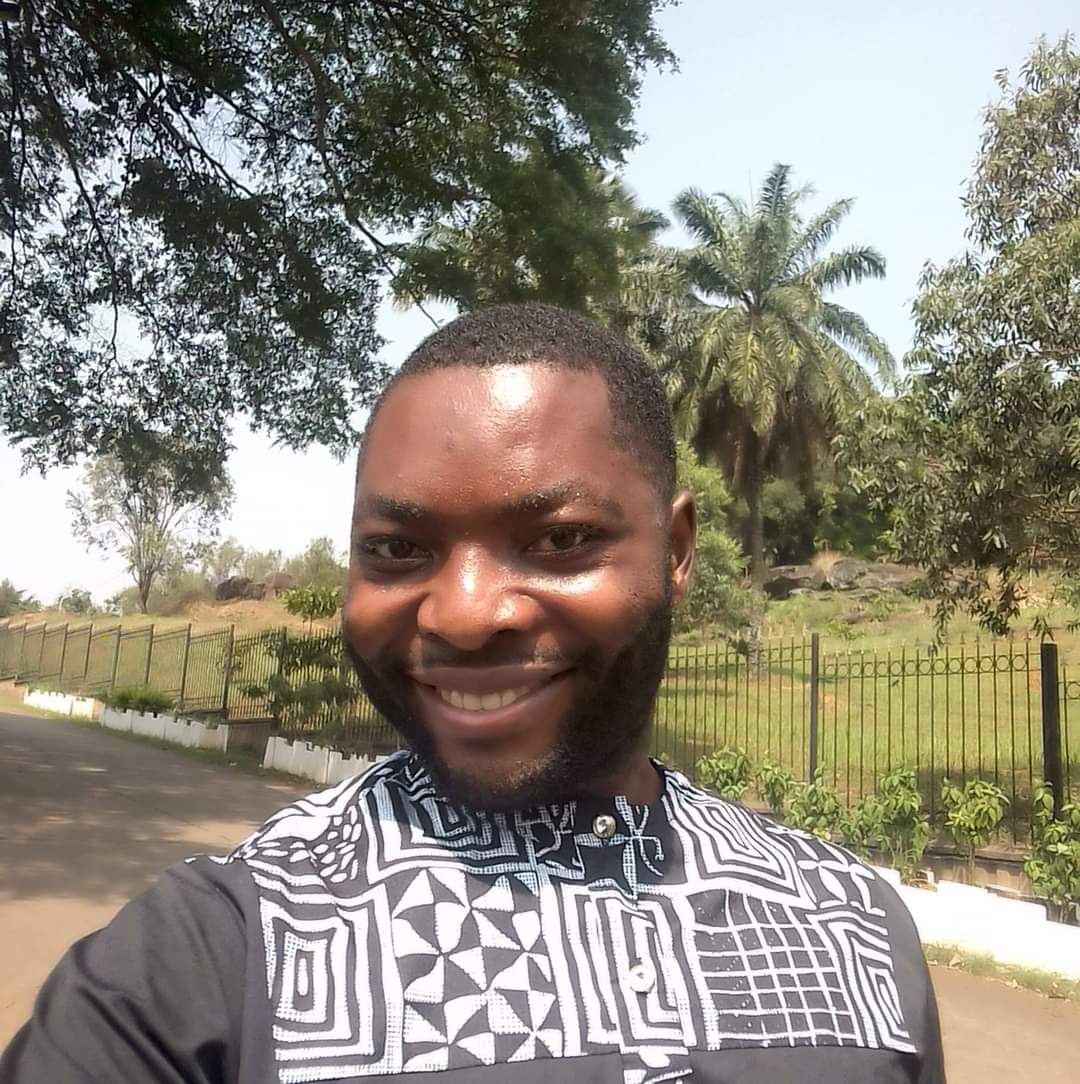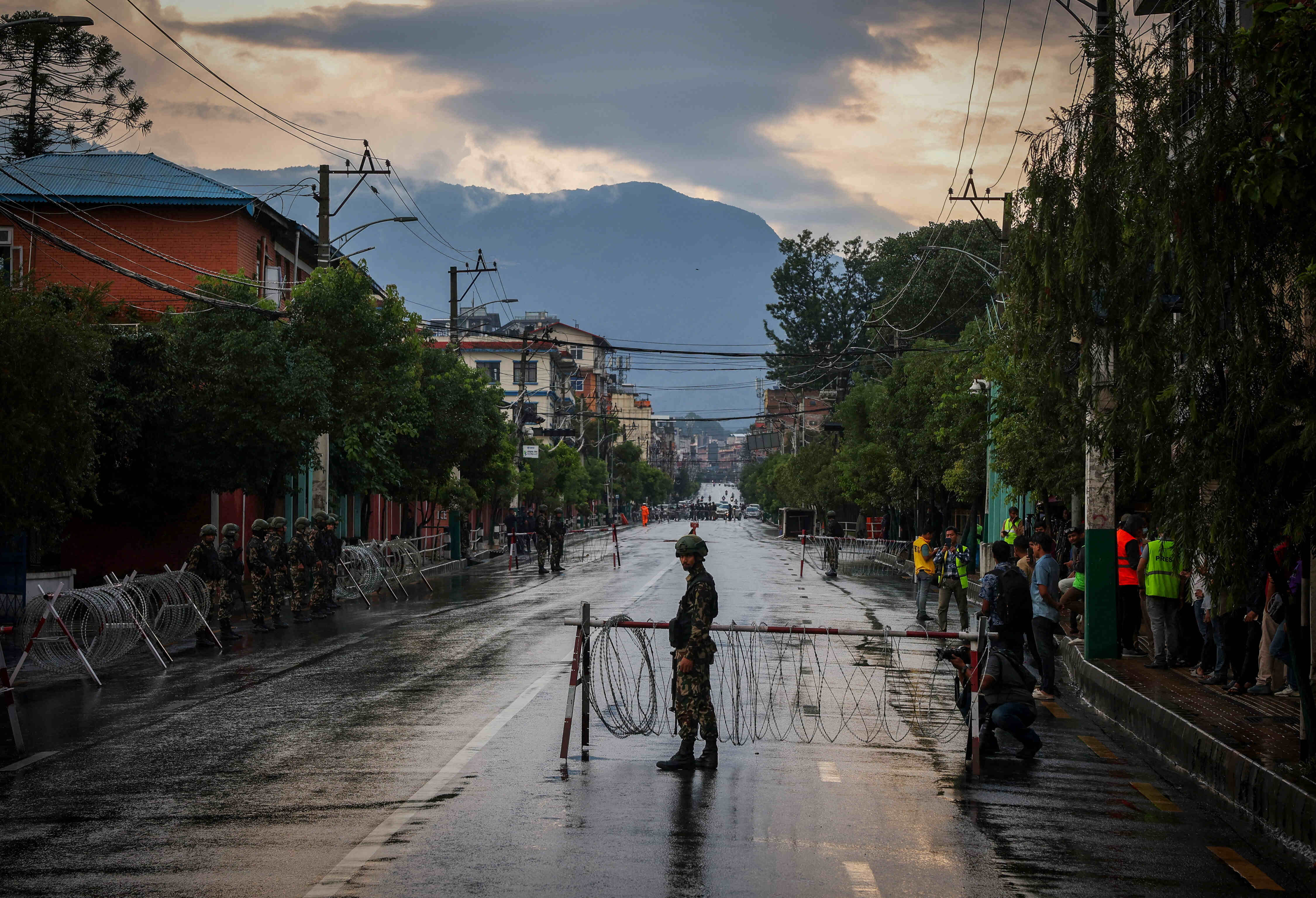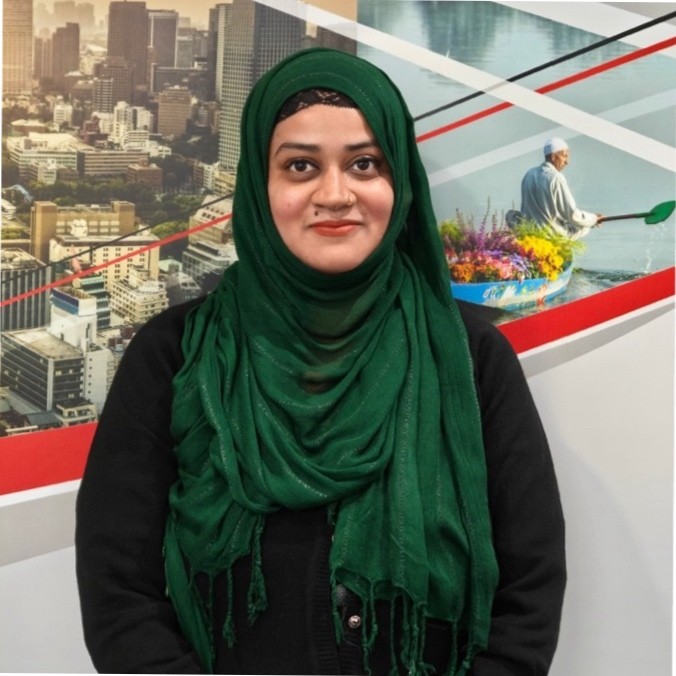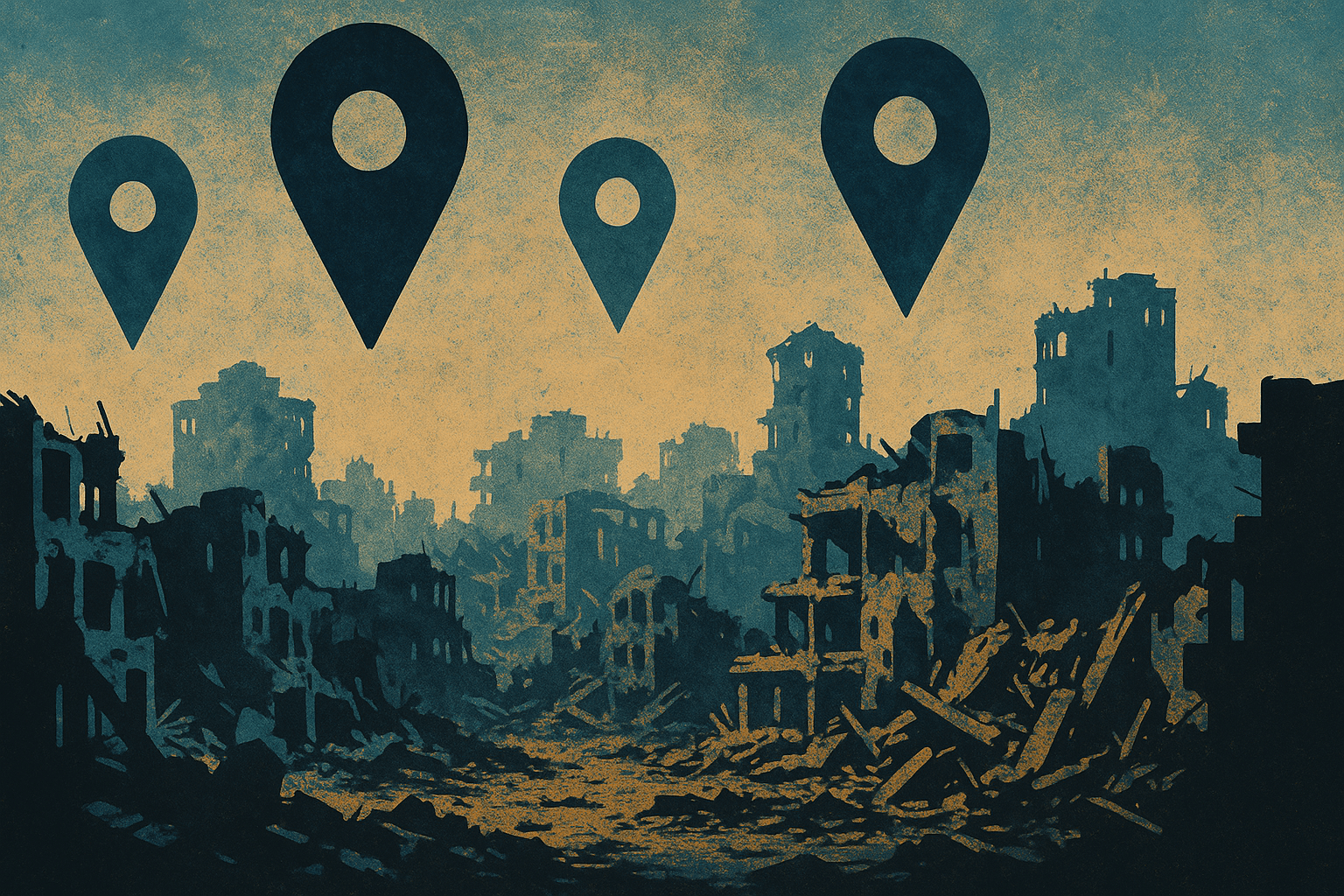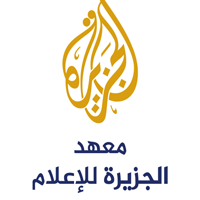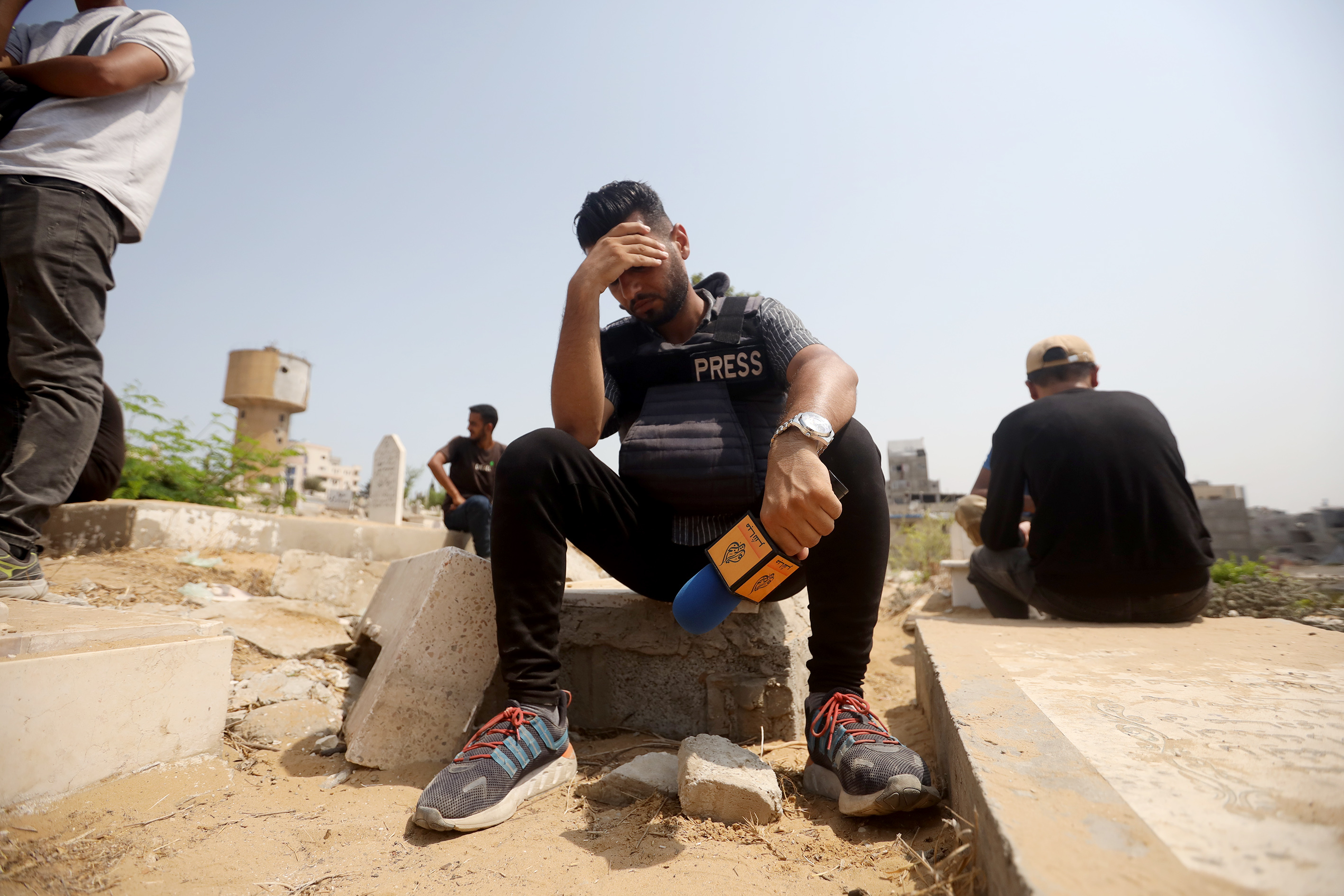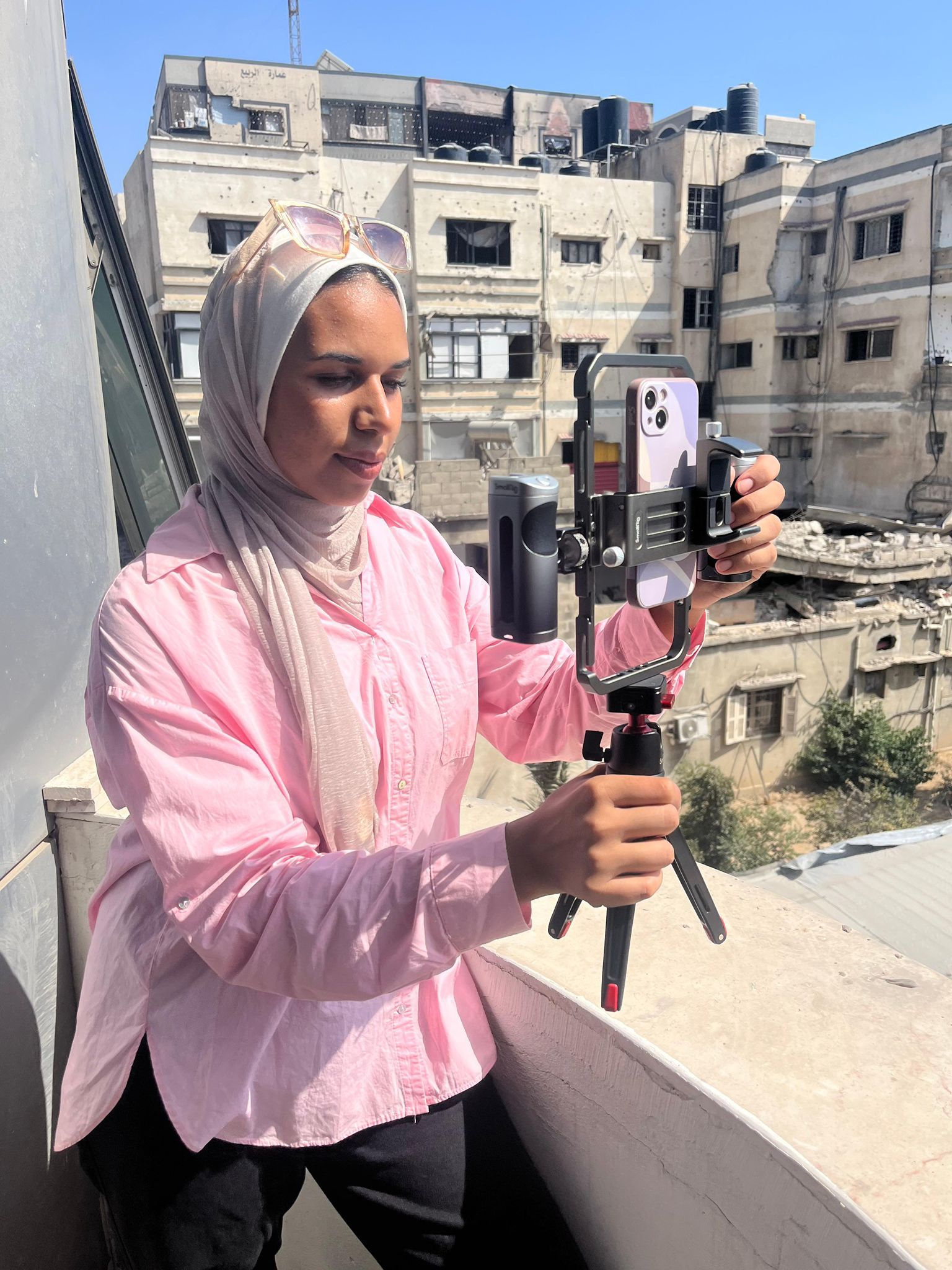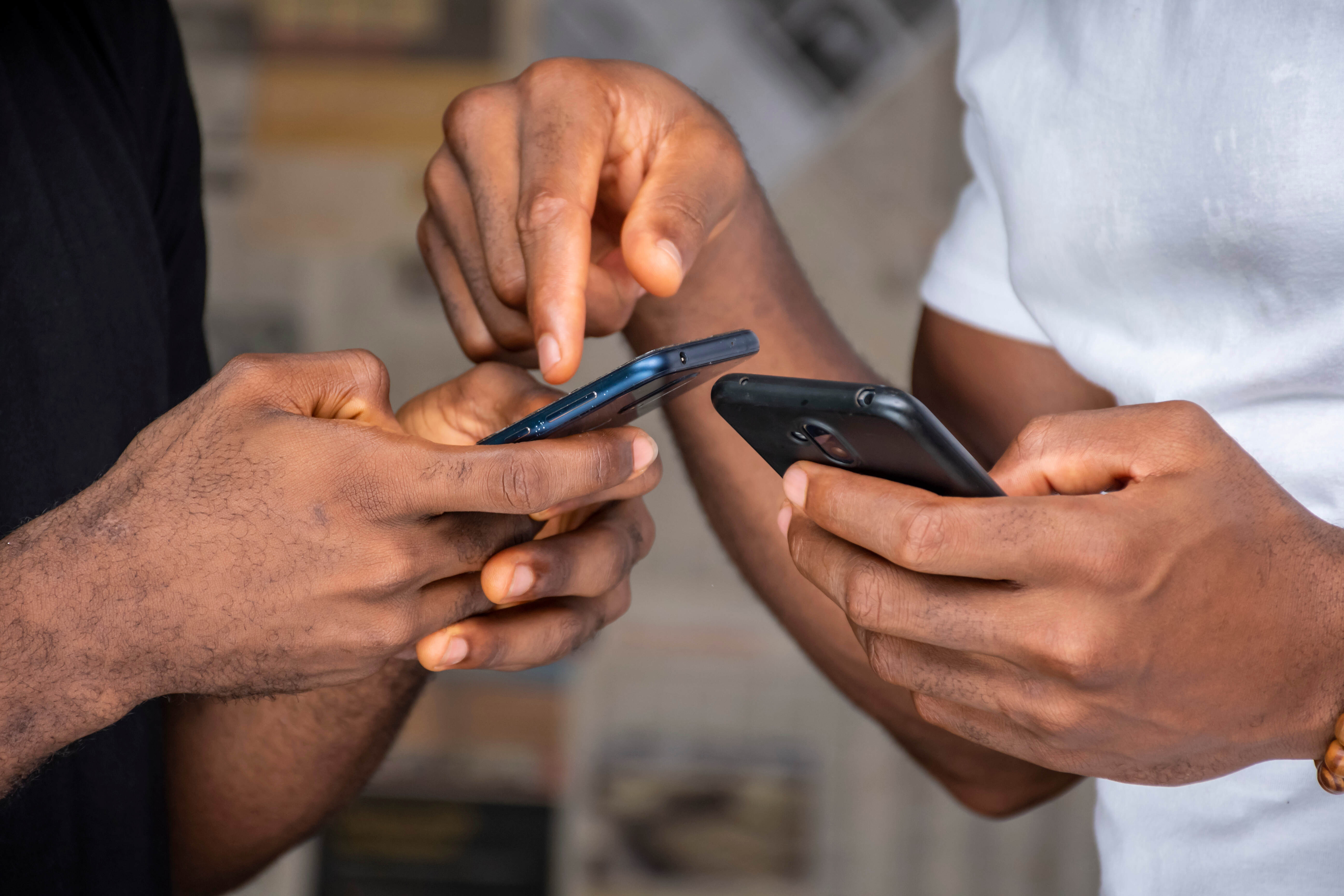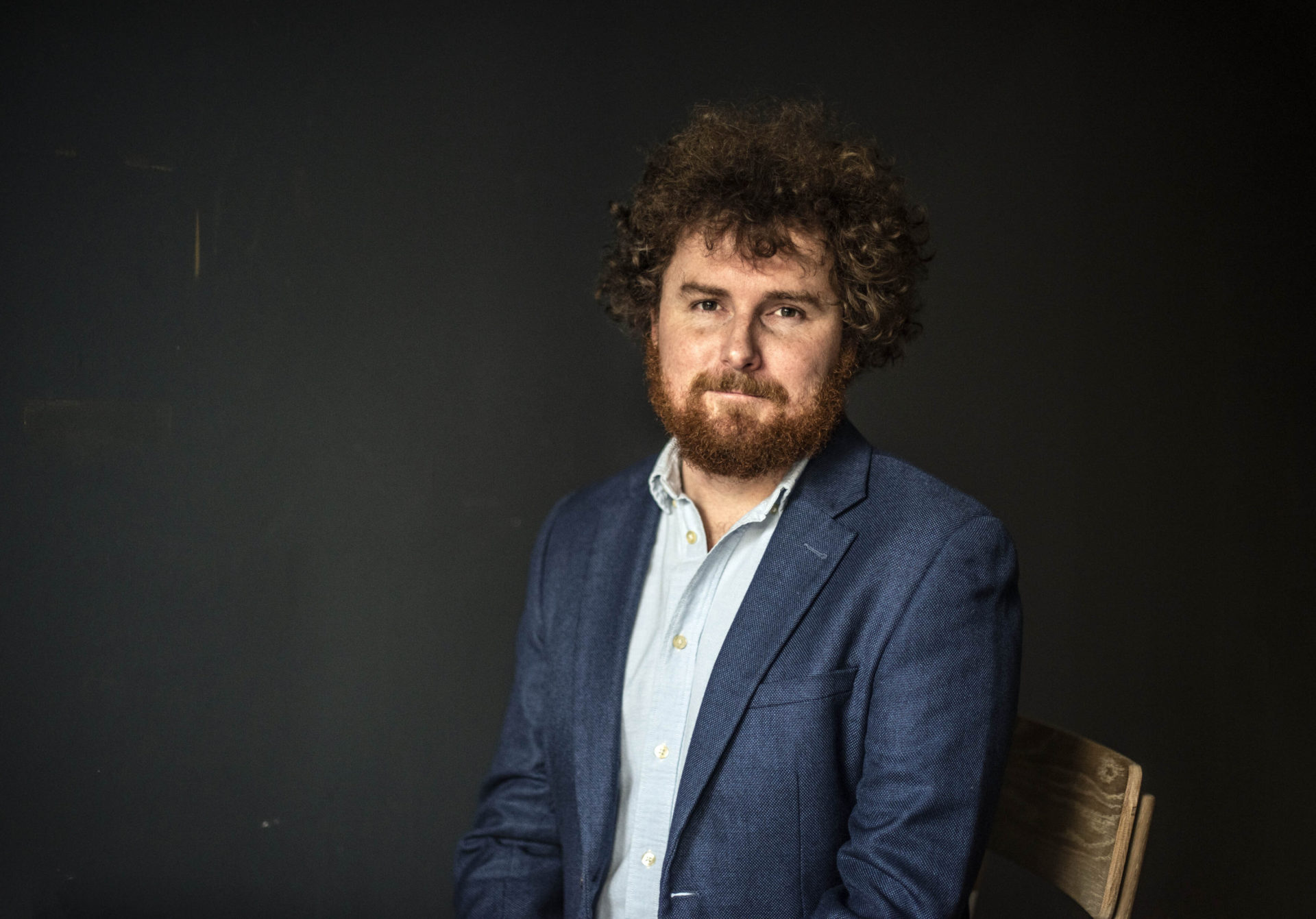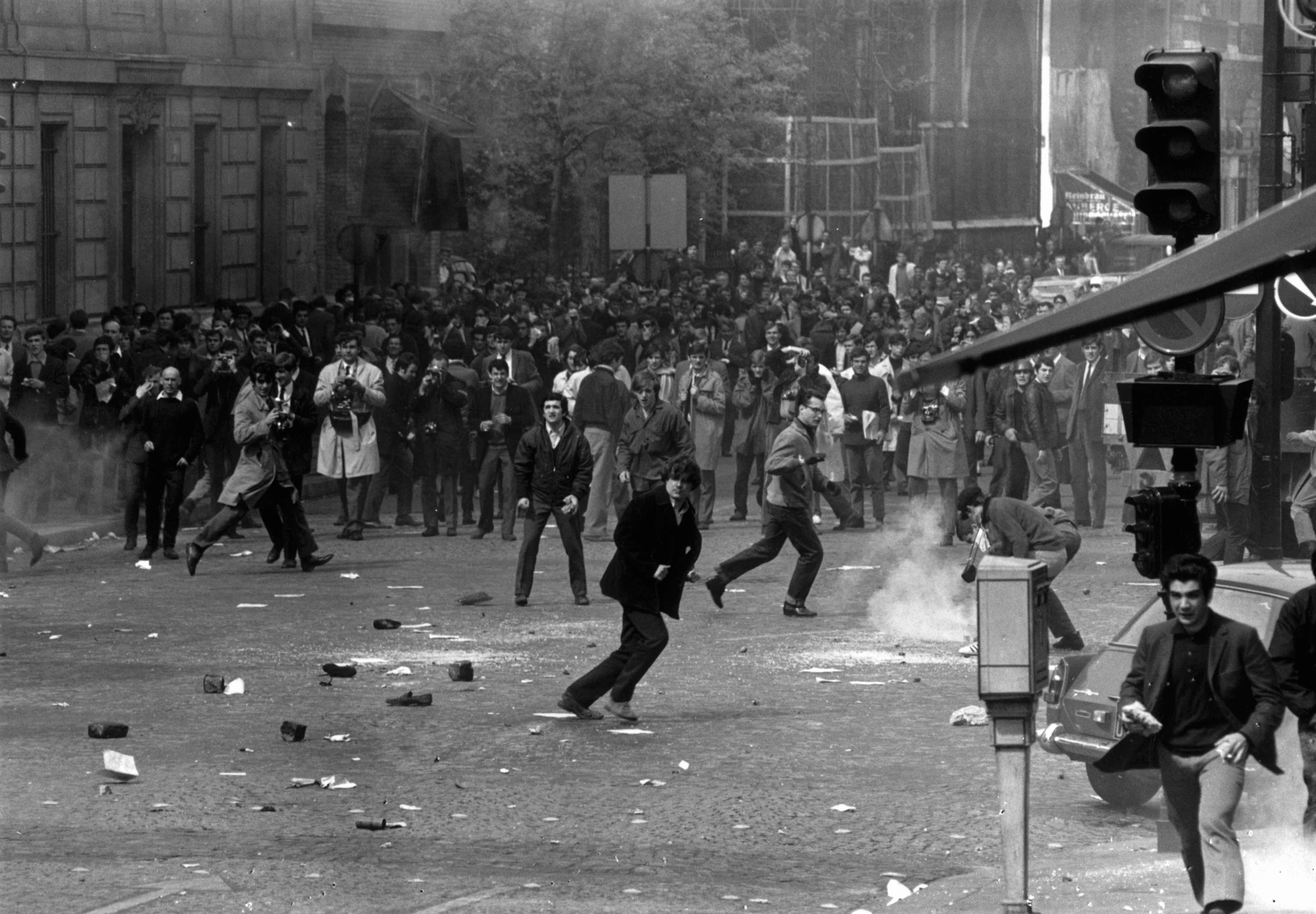في السابع والعشرين من أكتوبر/ تشرين الأول 2023، قطع الاحتلال الإسرائيلي شبكات الاتصال والإنترنت عن قطاع غزة كليا، إيذانا ببدء العملية البرية في القطاع، بعد عشرين يوما من إعلانه حرب الإبادة الجماعية المستمرة حتى اليوم. ولقد أوجد انقطاع الاتصالات مشكلة حقيقية كبرى؛ إذ لم تعد لدى الفلسطينيين في قطاع غزة قدرة على معرفة ما يجري من حولهم، وتُركوا ليسمعوا أصوات الغارات الإسرائيلية والأحزمة النارية، من دون وصول سريع إلى المعلومات الآنية عن التقدم البري للجنود الإسرائيليين، كما لم تعد وسائل الإعلام قادرة على التواصل الفعال مع طواقمها إلا من خلال الموجات التلفزيونية والإذاعية.
حصار على البنية الاتصالية
زاد من حدة تعقيد الظروف الاتصالية خلال هذه الحرب، ما مارسه الاحتلال الإسرائيلي على طول ما يقارب العقدين من الحصار على قطاع غزة؛ فالحصار لم يقتصر على تدفق الأموال والبضائع ومواد البناء فحسب، بل كان أيضا حصارا تقنيا، أمعنت فيه السلطات العسكرية للاحتلال في فرض القيود على دخول الكابلات والمعدات والأجهزة المستخدمة في مجال الاتصالات وحظر دخول الأجهزة المتطورة. وبينما منعت سلطات الاحتلال دخول أي مواد خاصة، فقد كانت تسمح بدخول بعض المعدات وفق إجراءات معقدة وتنسيق خاص، وعادة ما يستغرق ذلك ما بين ستة أشهر إلى عامين، وهو ما يحرم الشركات من مواكبة التطور ويحول دون اقتناء المعدات الحديثة.
أمّا عند السماح أخيرا بإدخال المعدات والأجهزة، فإن الاحتلال يكلّف طاقما أمميا للإشراف على تركيبها واستخدامها جميعا وفق ما صُرِّحَ عنه مسبقا للاحتلال؛ لضمان عدم وصول هذه المعدات إلى المقاومة الفلسطينية في قطاع غزة. وقد ترافق ذلك مع منع سلطات الاحتلال شركات الاتصالات في القطاع من إدخال تقنية الجيل الثالث وأبقته على الجيل الثاني الذي لا يسمح بتشفير البيانات عليه، ما يعني إمكانية مراقبة الأجهزة الأمنية الإسرائيلية لبيانات المستخدمين، بينما سمحت للفلسطينيين في الضفة الغربية المحتلة بإدخال الجيل الثالث إلى نظامهم، بدءا من العام 2018.
لم يقتصر الحصار على تدفق الأموال والبضائع ومواد البناء فحسب، بل كان أيضا حصارا تقنيا، أمعنت فيه السلطات العسكرية للاحتلال في فرض القيود على دخول الكابلات والمعدات والأجهزة المستخدمة في مجال الاتصالات وحظر دخول الأجهزة المتطورة.
انعكس ذلك على إمكانية تواصل الفلسطينيين في قطاع غزة خلال الحرب الإسرائيلية، واستطاع عدد من الإعلاميين وعدد قليل من الناس أن يتصل بالإنترنت خلال الحرب بواسطة الشرائح الإلكترونية eSIM، التي لا تدعمها كل الأجهزة المحمولة، أو بواسطة الشرائح الإسرائيلية والاتصال مع أبراج الاتصال في مستوطنات غلاف غزة القريبة، بينما بقي العدد الأكبر من الفلسطينيين غير متصلين بالإنترنت، ولا بمنصات الأخبار الرقمية على منصات التواصل الاجتماعي.
منصات التواصل والقيم الإخبارية
حتى مع اتصال بعض الصحفيين والناشطين الإعلاميين بالإنترنت في قطاع غزة بالوسائل التي ذكرناها أعلاه، فقد اصطدموا بالمعضلة الأخرى التي تتمثّل بالتضييق على المحتوى الفلسطيني وتقييد وصوله ومحاولة حجبه في العديد من الأحيان. فقد ارتكبت منصات التواصل المختلفة، ولا سيما المنصات التابعة لشركة ميتا (فيسبوك، إنستغرام، ثريدز، واتساب) إضافة إلى المنصات الأخرى مثل تيك توك وإكس، أكثر من 20 ألف انتهاك في حق المحتوى الفلسطيني خلال الحرب؛ من حذف لمحتوى وحظر لصفحات ومنع لتفاعل وحذف لأرقام على واتساب، وفق مركز "صدى سوشال". وقد شمل هذا التضييق منشورات ذات مضمون إخباري بحت، وفق ما أعلنته منظمة هيومن رايتس ووتش في تقريرها عن سياسات شركة ميتا بعد السابع من أكتوبر\تشرين الأول.
وقد انحازت سياسات هذه المنصات إلى الاحتلال فيما يمكن وصفه بأنه حرب إبادة رقمية، بعد أن أعلن بعضها بوضوح في السابع من أكتوبر الوقوف إلى جانب "إسرائيل" في حربها على قطاع غزة. وراح قادة هذه المنصات أو ممثلون لها يجتمعون مع حكومة الاحتلال في تل أبيب. أما شركة ميتا، فقد بات من المعلوم أن موظفين سابقين في وزارة العدل الإسرائيلية وأجهزة الاستخبارات يتقلدون فيها مناصب إدارية، وفق ما كشفه برنامج ما خفي أعظم قبل أسابيع قليلة من الحرب على غزة.
وقد عدّلت منصات التواصل الاجتماعي خوارزميات الظهور لديها، فبات واضحا للمستخدمين داخل القطاع وخارجه عدم ظهور منشورات إخبارية تتعلق بالحرب في قطاع غزة وتوضح الرواية الفلسطينية على الصفحات الرئيسة (Homepage) للمنصات التي يتابعونها، ولو أن ذلك حصل بدرجات متفاوتة بين المنصات، فكان أشدها صرامة تلك المملوكة لشركة ميتا، ثم تيك توك، وأخيرا إكس. أما تطبيق تلغرام، فكان ملاذا لمعظم صفحات الأخبار الفلسطينية بشكل خاص، مع عدم تفعيل التمييز الخوارزمي عليه.
في إطار ذلك، مارس عدد من الإعلاميين فرديا أو من خلال غرف الأخبار وسياساتها التحريرية رقابةً ذاتية على المحتوى الرقمي الإخباري المتعلق بفلسطين عموما والحرب الإسرائيلية على قطاع غزة؛ فجُرّد عدد من المنشورات من قيمتها الإخبارية، عبر اللجوء إلى استبدال كلمات أصيلة ذات صلة بفلسطين بتعبيرات أخرى غير سائدة في الخطاب الفلسطيني، أو حذف تلك الكلمات والعبارات كليا. كما أصبحت بعض الأخبار بسبب هذه التضييقات مفرّغة من فائدتها الخبرية للجمهور المعني والمتأثر أساسا بالحرب. فمثلا، عند نشر خبر يتحدث عن "عملية إسرائيلية قرب مدرسة الفاخورة في معسكر جباليا شمال قطاع غزة"، كيف يمكن أن يعطي هذا المنشور قيمة إخبارية للفلسطيني في قطاع غزة والساكن في معسكر جباليا أو على مقربة منه؟ فهل هنالك قصف؟ أم تقدم بري؟ وهل يشكل الخروج من المنزل خطرا لوجود جنود إسرائيليين مشاة وقناصة، هل يمكنني النزوح إلى مركز الإيواء في المدرسة أم لا؟
وحين تحذف المنصات المنشورات ذات القيم الإخبارية، فإنها تسحب من الفلسطيني في شمال قطاع غزة الذي يسمع القصف من حوله، فرصة الوصول إلى معلومة دقيقة بشأن ما يجري، ومن ثَم تتضاءل فرصه للنجاة في بعض الأحيان. فمثلا، أعلن مجلس الإشراف المستقل عن ميتا، أن فيسبوك وإنستغرام حذفتا المقاطع المتعلقة بالقصف الأول الذي تعرض له مستشفى الشفاء بمدينة غزة. في هذه الحالة، كيف يمكن للفلسطيني الذي بقي شمال وادي غزة، ويعد مستشفى الشفاء من المراكز الصحية الأساسية له، أن يعلم بهذا القصف إن لم يوجد على المنصة الأساسية التي يتابعها في حال توفر الإنترنت؟ أي قيمة إخبارية شكلتها المنصات أمام توجه الفلسطيني في تلك اللحظة للمستشفى من دون معرفته بالقصف عليه؟ وهل قضى هذا التضييق على وصول المحتوى على العديد من الناس بالموت أو الإصابة؟
عودة إلى قنوات الإعلام التقليدية
في لحظة ما، بينما كان المؤثرون والناشطون والإعلاميون خارج النطاق الجغرافي لغزة يتفاعلون مع الحرب الإسرائيلية على القطاع، ويصنعون مقاطع مصورة، ويحشدون دعما رقميا، كان الفلسطينيون داخل القطاع يتطلعون إلى وسيلة عملية أخرى يستقون منها معلومات آنية عن الحرب وسير العمليات، تتحدى ظروف انقطاع الاتصالات والإنترنت والكهرباء.
لقد أوجد قطع الإنترنت والاتصالات بيئة خصبة للشائعات والمعلومات المضللة، وأضعف القدرة على طلب النجدة، وهو ما كشفه اليوم التالي لعودة الاتصالات في انقطاعاتها العشرة عن قطاع غزة كليا، مع وجود عشرات الضحايا تحت الركام ممن تعرضوا للقصف خلال فترات الانقطاع ولم يستطيعوا طلب النجدة أو أن يستدلوا على أماكن النزوح والمؤسسات الصحية العاملة وأماكن توفر المياه وتوزيع المساعدات والصيدليات المتاحة والمخابز وغيرها.
أضحى أثير الإذاعة، وبدرجة أقل التلفاز، وهما وسيلتا الإعلام التقليديتين في عُرف الإعلاميين، أهم قناتين للوصول إلى الأخبار في القطاع.
لمحاولة مواجهة ذلك، عقد "صدى سوشال" نقاشا مع أكاديميين ومختصين، منهم وزير الاتصالات الفلسطيني السابق، بشأن قطع الاتصالات في قطاع غزة والحلول الممكنة لمواجهة ذلك، إلا أن النقاشات قد وصلت إلى أبواب مسدودة؛ فمن جهة يُعَدّ خيار تقوية الاتصالات من ناحية مصر الحدودية مع غزة أمرا سياديا، مثل قرار فتح المعبر، أما تقوية أبراج البث للاتصالات في أقصى جنوب الضفة الغربية ليصل مداها إلى قطاع غزة فيعني قصف الاحتلال الإسرائيلي لهذه الأبراج، عدا عن عدم وجود سيادة فلسطينية أساسا على مد خطوط الاتصالات. فسواء في الضفة الغربية أو في قطاع غزة، تمر كوابل الاتصالات القادمة من الأردن أو عبر الكوابل البحرية في عمق المتوسط بنقطة إسرائيلية حتمية في الأغوار وفي مدينة حيفا.
في هذا السياق، أضحى أثير الإذاعة، وبدرجة أقل التلفاز، وهما وسيلتا الإعلام التقليديتين في عُرف الإعلاميين، أهم قناتين للوصول إلى الأخبار في القطاع. وقد بدا ذلك واضحا حين أعلنت قناة الجزيرة عن بثها المباشر عبر أثير الإذاعة ليستطيع سكان قطاع غزة متابعة الأخبار، وتبعتها في ذلك قناة العربي التي أعلنت عن توفير بثها الإذاعي عبر الأثير.
ورغم أن بثّ القناتين الإذاعي جعل الفلسطيني في القطاع على اطلاع على آخر أخبار الحرب ومجرياتها بشكل آني، فإنه لم يعالج مشكلة أساسية تتعلق بما يحتاجه الفلسطيني حقا وهو تحت القصف والعمليات العسكرية المتواصلة؛ فهل يحتاج ساكن قطاع غزة إلى سماع تحديثات الحرب وتحليل مساراتها والنظر في ما وراء أخبارها فقط؟ أم إنه يتطلع وهو يعاني ظروف النزوح والجوع والفزع إلى الحصول على المعلومات الأساسية التي يحتاجها للنجاة والموجهة بشكلٍ خاص له ومن شأنها أن تساعده في تحديد أين يذهب وأين يجد حاجته الأساسية؟
وفي محاولة لفهم هذه الاحتياجات وتقدير السبل الممكنة لمعالجتها، أجرى "صدى سوشال" استبيانا سريعا في قطاع غزة عن ترددات الإذاعات التي يسمعونها من فلسطين، ولم تفض الإجابات إلى كثير؛ فمن بين ثلاث إذاعات فلسطينية وراديو "كان" العبري، وصل أثير إذاعتين تعملان في الضفة الغربية إلى شمال القطاع، في حين كان جنوبه محروما منها. لكن كان ثمة إذاعة وحيدة في أقصى جنوب مدينة الخليل في الضفة الغربية، وهي "صوت النقب" على تردد 101FM، يصل أثيرها من بيت حانون شمالا إلى رفح جنوبا.
بيد أن "صوت النقب" كانت قد سرَّحت مؤخرا كل موظفيها بسبب ضائقة مالية، ازدادت شدتها في الحرب وشملت كل إذاعات الضفة الغربية التي اضطرت إلى تسريح العديد من الموظفين. وحتى لا ينقطع بث الإذاعة أو يتوقف، عمدت إذاعة "صوت النقب" وعلى مدار الساعة إلى بث محتوى قناة الجزيرة، وقد تأكد "صدى سوشال" من إمكانية سماع أثير هذه الإذاعة في كل القطاع، وهو ما دفع المركز إلى طرح مبادرة نشرة "صوت لغزة"، لتكون موجهة بشكل خاص إلى أهالي القطاع وتتعامل بحساسية مع احتياجاتهم.
وفي مطلع يناير\كانون الثاني 2024، بث "صدى سوشال" النشرة الأولى من "صوت لغزة"، وهي نشرة مخصصة للفلسطينيين في القطاع، وتحتوي على المعلومات الأساسية؛ من بيانات وزارة الداخلية الفلسطينية وتحذيراتها وتعليماتها لأهالي القطاع، وكشوفات الجرحى الذين صدرت أسماؤهم للسفر عبر معبر رفح، وأماكن توفر المساعدات وتوزيعها، والصيدليات والمخابز المتاحة، وأسماء الأدوية وأماكن وجودها، ومراكز تطعيم الأطفال، وأسعار السلع الغذائية وفق المعلن عنه، وغيرها.
في مطلع يناير\كانون الثاني 2024، بث "صدى سوشال" النشرة الأولى من "صوت لغزة"، وهي نشرة مخصصة للفلسطينيين في القطاع، وتحتوي على المعلومات الأساسية؛ من بيانات وزارة الداخلية الفلسطينية وتحذيراتها وتعليماتها لأهالي القطاع
وهكذا يعود الزمن الإعلامي في قطاع غزة إلى الوراء، مثل كل ما تبقّى من أشكال الحياة في هذه الحرب المدمّرة. فبالعودة إلى الإذاعة للحصول على معلومات أساسية كان يمكن في ظروف أكثر إنسانية الوصول السريع إليها عبر نقرة على الهاتف المحمول، تلاشى الأمل في الاعتماد على منصات وادي السيلكون المهيمنة، وانهارت في المساحة الجغرافية الضيقة التي لا تتجاوز 365 كم مربعا تلك الأفكار الحالمة بالاستفادة من تقنيات الذكاء الاصطناعي التي ما يزال العالم منشغلا في الحديث عنها، قبل هذه الحرب وفي أثنائها. أما سكان قطاع غزة، فلم يروا أي فائدة في كلّ ذلك أمام واقع انقطاع الكهرباء المزمن وتعطيل الوصول إلى شبكة الإنترنت وتقييد وصول المحتوى الفلسطيني على منصات التواصل. لم يعد الإنترنت ذا جدوى لمن هم تحت القصف والإبادة.
